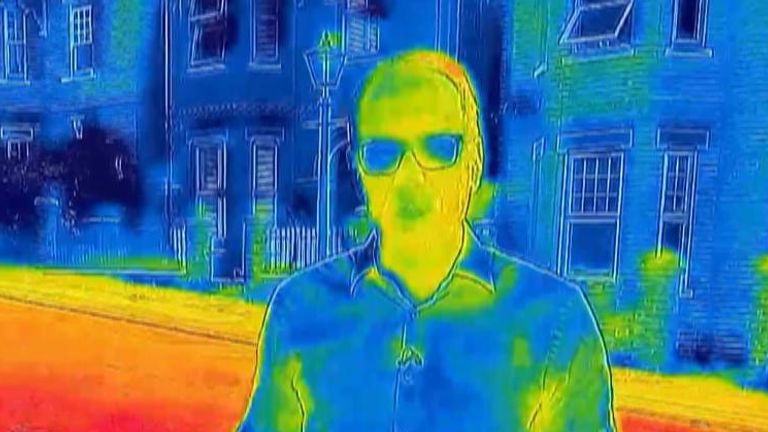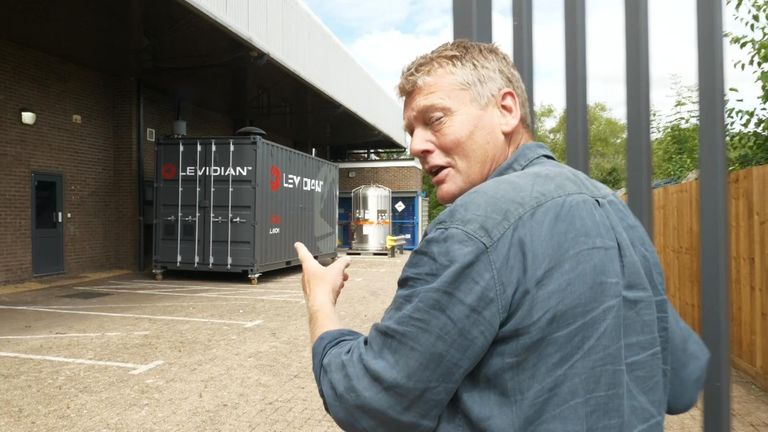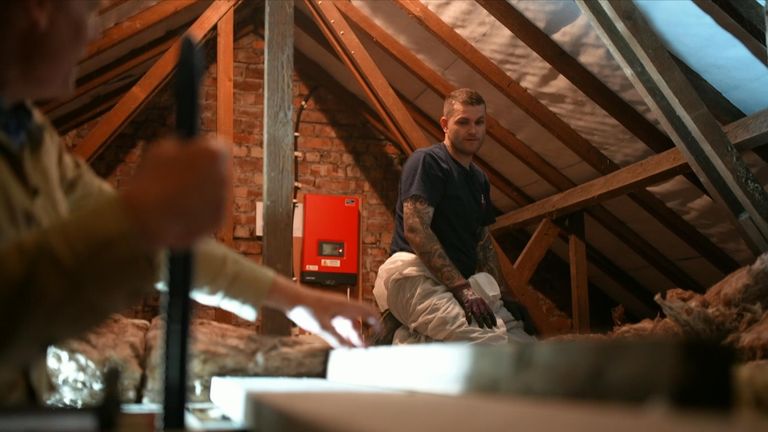Britain isn’t built for this heat.
Our rail network is only engineered for temperatures up to 30C (86F). Only half our strategic roads are surfaced in heat-resistant material.
And in the five years to 2021, 570,000 homes were constructed in England that are completely unsuited to the high temperatures baked into our future.
Heatwaves are already costing us dear.
It’s not just the lives lost – roughly 2,000 people a year die as a result of the heat.
There’s an economic cost too.
Road repairs following the 2003 heatwave cost £41m; damage and delays on the railways cost another £2.5m.
Then factor in the productivity loss.
In the summer of 2010, five million staff days were lost to high temperatures, with a £770m hit to businesses and the public sector. In today’s money that’s almost £1bn.
Find out the five-day forecast for where you live
The temperatures we’re enduring now would be unremarkable in some countries.
But they’ve designed their towns and cities to cope – think of the shaded squares, window shutters and whitewashed houses of the Mediterranean.
It’s also been worth their while to invest in heat-tolerant rail-tracks, more resilient power grids and road surfaces that don’t melt.
Britain is now going to have to do the same.
The London of 2050 is expected to have the climate that Barcelona has today. By the end of the century temperatures will top 40C (104F) every decade or so under current predictions of future greenhouse gas emissions.
It would mean an expensive national retrofit.
Network Rail has already begun painting tracks white in the hope of reflecting some of the sun’s energy. But more expensive engineering may also be needed.
Our houses and workplaces will need much better shading and ventilation to stop people overheating.
And town planners will have to set aside more tree-shaded greenspaces to provide natural air conditioning.
Lifestyle and behaviour change would also help.
We need to learn to live as they do in hot countries. Be active early or late and stay in the shade during the furnace of the day. People who’ve grown up in the heat take it seriously.
Noel Coward said only mad dogs and Englishmen go out in the midday sun.
As one physiologist put it to me, in future it should only be the dogs.
Watch the Daily Climate Show at 3.30pm Monday to Friday, and The Climate Show with Tom Heap on Saturday and Sunday at 3.30pm and 7.30pm.
All on Sky News, on the Sky News website and app, on YouTube and Twitter.
The show investigates how global warming is changing our landscape and highlights solutions to the crisis.



